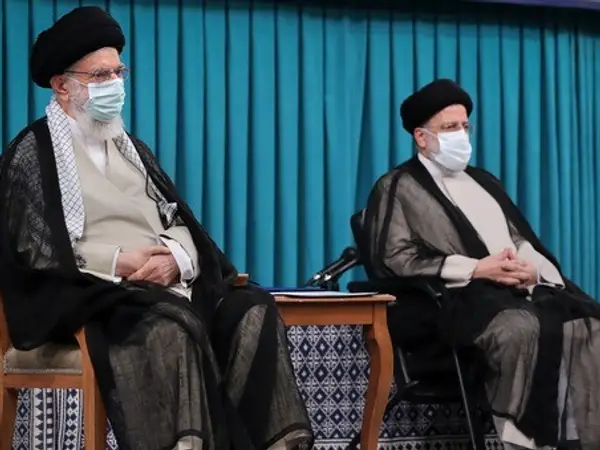Many in Iran oppose a plan to hastily liquidate public assets with no supervision or clear process, as many fear it could massively increase corruption.
The so-called ‘privatization’ plan announced earlier this week to be carried out over the next two years is meant to augment the country’s budget. It involves the liquidation of billions of dollars of assets belonging to the government and its affiliated entities including banks under the supervision of a seven-man team with extraordinary powers and immunity from prosecution.
The country’s ruler Ali Khamenei has approved the plan, which is not a real privatization scheme. Well-connected and powerful buyers who are often secretive funds and endowments run by powerful officials are lined up to gobble up the prize.
First Vice President Mohammad Mokhber who is one of the members of the supervision team claimed Thursday that the “immunity” of the team has been misunderstood. “Immunity applies to decisions, not infringement of the law,” he said. His explanation, however, has done very little to reassure the public.
Many former officials and the media have expressed deep concerns over the plan. Mohammad Reza Salehi, a logistics chief of former President Hassan Rouhani’s office, in a speech at a meeting of former officials earlier this week argued that the so-called privatization would give rise to massive corruption, degenerate the regime from within and eventually cause its collapse.
Reza Gheibi, an economic journalist told Iran International that the liquidation of assets would not help the government to overcome the economic crisis it is grappling with. “In the best-case scenario, it may balance some of the budget deficit,” he said, adding that transferring these assets to individuals and entities and companies connected with Khamenei’s office, who would be the likely beneficiaries, would give them control over the economy.
The new owners will use these assets to preserve the regime but if the regime is toppled, they will form a class of oligarchs with the power to control the economy, Gheibi said. “It’s a win-win game for the leader’s office and those close to its circle of power.”
In a tweet Wednesday, Iran's exiled prince, Reza Pahlavi, accused Khamenei of plundering the country’s national wealth “greedily” with the so-called privatization plan. “Plunderers should be aware that legal immunity will not help them, and the plundered assets of the Iranian nation should [one day] be restored to the treasury of the nation,” he wrote.
Right before the ‘privatization’ was announced, Mokhber misleadingly claimed that the former royal family had “stolen” the crown jewels when the Shah and his family left before the Islamic Revolution in 1979. The monarchy’s crowns and other crown jewels have been held in the Treasury of National Jewels in Tehran in the past four decades but have not been seen by the public for two years and his accusation worried many that these had been sold or stolen.
The claim, however, was disproved when minister of cultural heritage Ezzatollah Zarghami, published photos of his visit to the treasury with the crowns on display.
In a speech Thursday, head of the Mostazafan Foundation (Bonyad Mostazafan), Parviz Fattah, referred to other invaluable properties of the royals , including expensive art, a 500,000-piece stamp collection, bejeweled swords and daggers, and a unique vehicle collection including a gold-adorned vehicles belonging the to the Shah’s father, King Reza Pahlavi. Fattah’s mention of these assets, which have also remained in Iran, has worried some over the possibility that these invaluable national assets are also going under the hammer under the plan.
